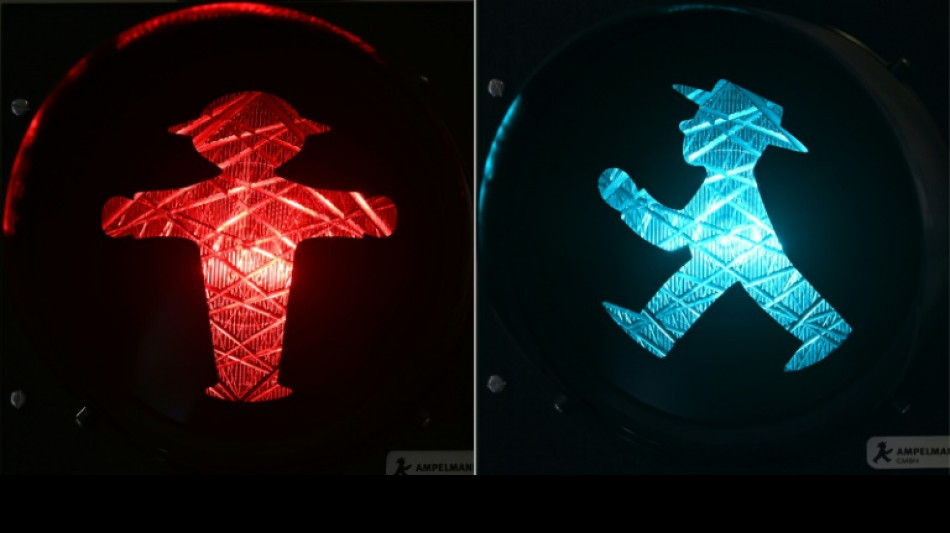
-
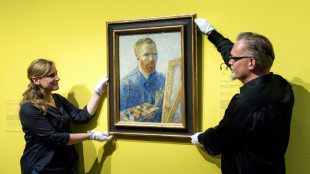 Van Gogh Museum 'could close' without more help from Dutch govt
Van Gogh Museum 'could close' without more help from Dutch govt
-
Indonesia's Tjen exits US Open as Raducanu moves on
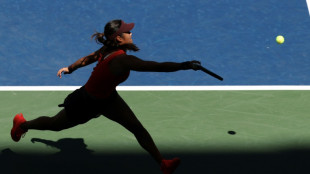
-
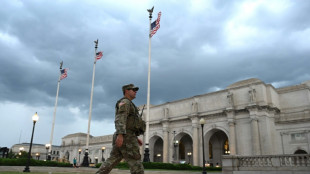 Trump administration takes control of Washington rail hub
Trump administration takes control of Washington rail hub
-
Stock markets waver ahead of Nvidia earnings

-
 Conservationists call for more data to help protect pangolins
Conservationists call for more data to help protect pangolins
-
US Ryder Cup captain Bradley won't have playing role
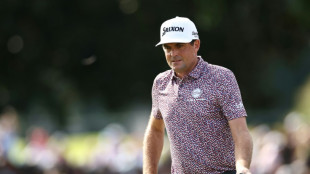
-
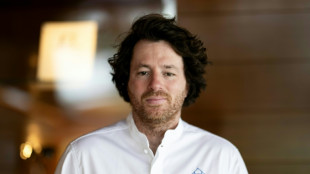 French star chef to 'step back' after domestic abuse complaint
French star chef to 'step back' after domestic abuse complaint
-
Rudiger returns, Sane dropped for Germany World Cup qualifiers

-
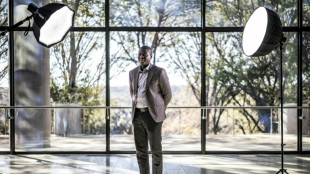 S.Africa calls US welcome for white Afrikaners 'apartheid 2.0'
S.Africa calls US welcome for white Afrikaners 'apartheid 2.0'
-
'Resident Evil' makers marvel at 'miracle' longevity

-
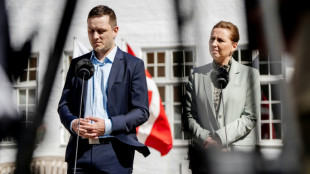 Denmark apologises for Greenland forced contraception
Denmark apologises for Greenland forced contraception
-
Hungary web users lap up footage of PM Orban's family estate
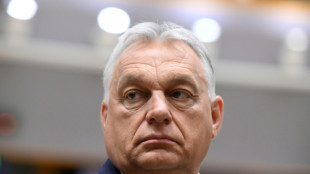
-
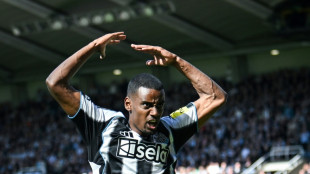 Alexander Isak selected by Sweden despite Newcastle standoff
Alexander Isak selected by Sweden despite Newcastle standoff
-
Italy's Sorrentino embraces doubt in euthanasia film at Venice
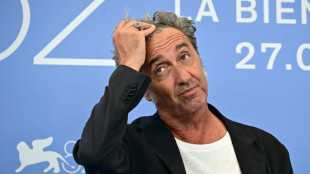
-
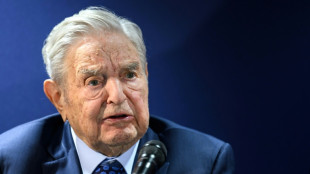 Trump urges criminal charges against George Soros, son
Trump urges criminal charges against George Soros, son
-
Wildfires pile pressure on Spanish PM

-
 Stock markets mixed ahead of Nvidia earnings
Stock markets mixed ahead of Nvidia earnings
-
Football's loss as hurdles sensation Tinch eyes Tokyo worlds
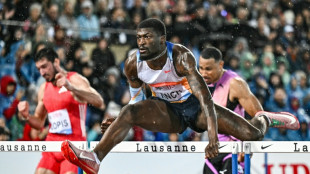
-
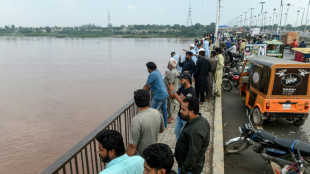 Pakistan blows up dam embankment as it braces for flood surge
Pakistan blows up dam embankment as it braces for flood surge
-
Lego posts record sales, sees market share growing further: CEO
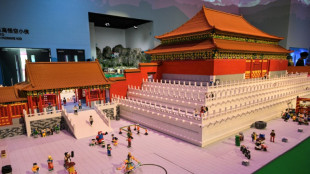
-
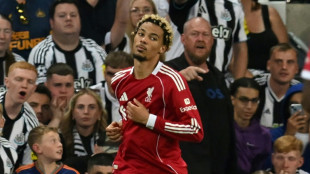 France overlook Ekitike for World Cup qualifiers, Akliouche called up
France overlook Ekitike for World Cup qualifiers, Akliouche called up
-
Rain no obstacle, Lyles insists ahead of Diamond League finals
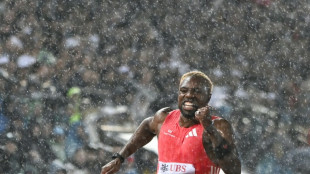
-
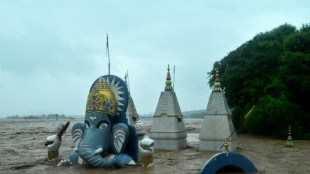 Record-breaking rain fuels deadly floods in India's Jammu region
Record-breaking rain fuels deadly floods in India's Jammu region
-
Showtime for Venice Film Festival where stars and Gaza protesters gather
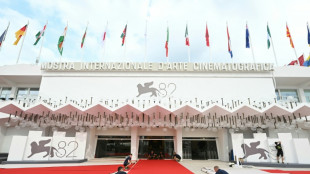
-
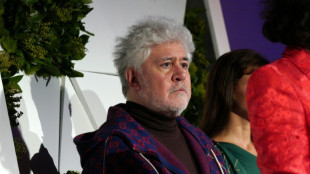 Almodovar urges Spain cut ties with Israel over Gaza
Almodovar urges Spain cut ties with Israel over Gaza
-
Macron gives 'full support' to embattled PM as crisis looms in France
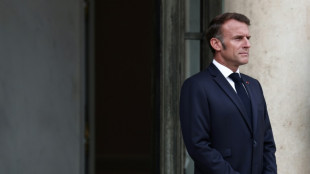
-
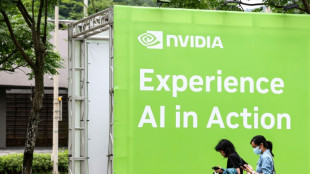 Stock markets diverge awaiting Nvidia earnings
Stock markets diverge awaiting Nvidia earnings
-
German cabinet agrees steps to boost army recruitment
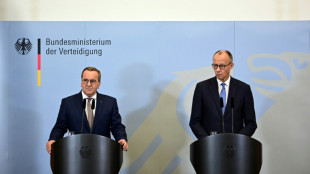
-
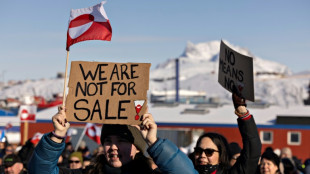 Denmark summons US diplomat over Greenland 'interference'
Denmark summons US diplomat over Greenland 'interference'
-
German factory outfitters warn of 'crisis' from US tariffs
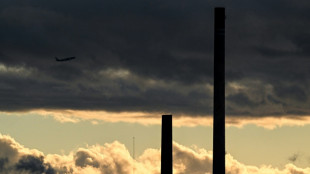
-
 Israel ups pressure on Gaza City as Trump eyes post-war plan
Israel ups pressure on Gaza City as Trump eyes post-war plan
-
Floods, landslides kill at least 30 in India's Jammu region
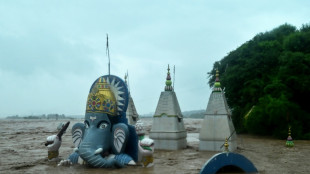
-
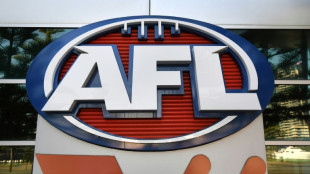 Former player comes out as bisexual in Australian Rules first
Former player comes out as bisexual in Australian Rules first
-
Indian spin great Ashwin calls time on IPL career
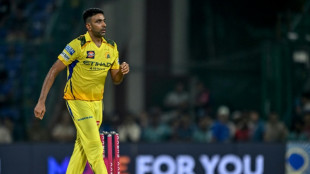
-
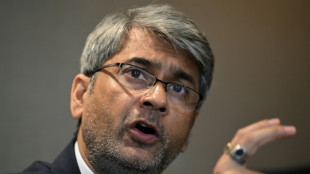 India faces world football ban for second time in three years
India faces world football ban for second time in three years
-
Globetrotter Herzog to get special Venice award
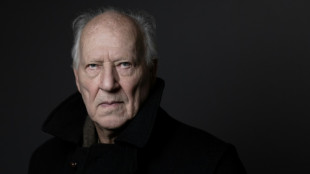
-
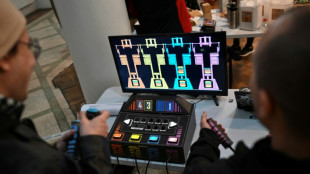 'Old things work': Argentines giving new life to e-waste
'Old things work': Argentines giving new life to e-waste
-
Showtime for Venice Film Festival, with monsters, aliens, Clooney and Roberts
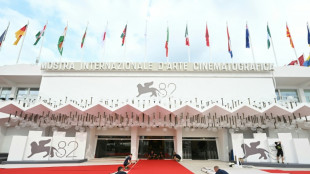
-
 Thai woman jailed for 43 years for lese-majeste freed
Thai woman jailed for 43 years for lese-majeste freed
-
What is swatting? Shooting hoaxes target campuses across US
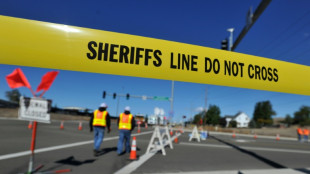
-
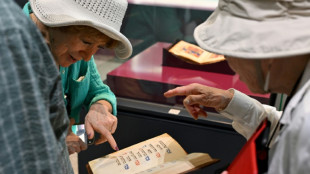 Row over Bosnia's Jewish treasure raising funds for Gaza
Row over Bosnia's Jewish treasure raising funds for Gaza
-
Police search Australian bush for gunman after two officers killed

-
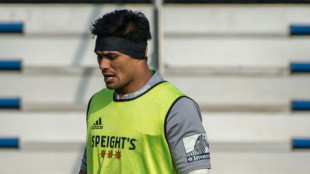 NZ rugby player who suffered multiple concussions dies aged 39
NZ rugby player who suffered multiple concussions dies aged 39
-
Former Australian Rules player comes out as bisexual in first
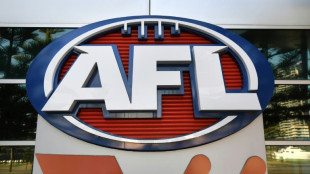
-
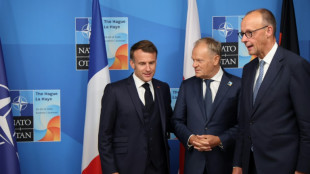 French, German, Polish leaders to visit Moldova in show of force in face of Russia
French, German, Polish leaders to visit Moldova in show of force in face of Russia
-
US tariffs on Indian goods double to 50% over Russian oil purchases

-
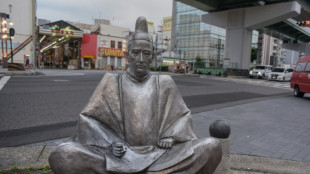 Feudal warlord statue beheaded in Japan
Feudal warlord statue beheaded in Japan
-
Tokyo logs record 10 days of 35C or more
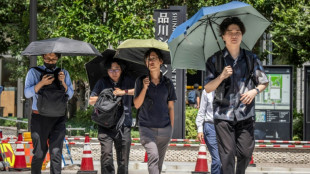
-
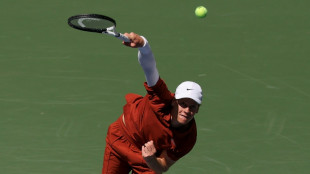 Sinner, Swiatek romp through at US Open as Gauff struggles
Sinner, Swiatek romp through at US Open as Gauff struggles
-
Brazil to face South Korea, Japan in World Cup build-up
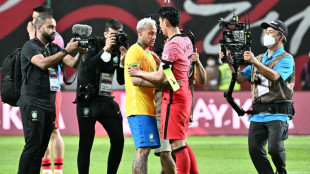

How East Germany's 'traffic light man' became a beloved icon
As Germany readies to mark 35 years since the Berlin Wall fell, one symbol of the former communist East has become an icon of reunification, seen by millions every time they cross a street.
East Germany's "Ampelmann" or pedestrian "traffic light man" is now instantly recognisable thanks to his chunky outline and wide-brimmed hat.
He almost disappeared along with East Germany in the years after the Wall fell on November 9, 1989, when many other symbols of the German Democratic Republic (GDR) were swept away.
Its polluting Trabant cars were soon headed for the scrap-heap, threadbare state-run shops gave way to Western brands, and grey prefabricated tower blocks got new licks of paint.
The Ampelmann almost went the same way, said Markus Heckhausen, a businessman in his 60s from the western German city of Tuebingen.
He remembered seeing the traffic lights featuring the Ampelmann often lying on the side of the road in the early days of reunited Germany.
Despite being a "Wessi" -- the sometimes pejorative nickname for West Germans -- Heckhausen took up the cause of the Ampelmann and spotted a commercial opportunity.
- 'Modern, body-positive' -
He started collecting the chunky lights to turn them into indoor lamps, while simultaneously launching an appeal for the Ampelmann to be saved on the streets.
The campaign struck a chord with many East Germans who felt "they were losing their identity" as their country was practically subsumed into its Western neighbour, said Heckhausen.
Not only was the Ampelmann saved in the East, but he also became a rare symbol from the GDR to be adopted in parts of the West, including in the former western sectors of long-divided Berlin.
The design was created in 1961 by the state's "transport psychologist" Karl Peglau and became something of a star within East Germany, even popping up in cartoons.
"I had the feeling he was always there during my childhood," said 53-year-old Torsten Foeste, who was born in the GDR town of Greifswald but now lives in Berlin.
Fons Hickmann, a graphic designer and professor at Berlin University of the Arts, said the Ampelmann's enduring popularity is down to his figure's lovable "imperfection".
"The back leg is a little too long, the front one a little too short, the whole figure is quite bulky," he told AFP.
"One could say that it's a very modern, body-positive symbol," he quipped.
- Money-spinner -
Peglau's aim was to create a cute, eye-catching figure which would be readily noticed, especially by children and the elderly, at a time when road accidents were on the rise.
"I think in essence it's such an important idea, saying that road traffic doesn't only belong to cars, but to others too, including pedestrians," said Hickmann.
While still keeping pedestrians safe, the humble Ampelmann has become a big money-spinner too, with Heckhausen following up on the lamps with mugs, T-shirts, soft toys and even USB sticks.
Not that Foeste minds the very capitalist incarnation of his childhood memory that Heckhausen has created: "I say congratulations to him, it's a super idea!"
Heckhausen was even able to convince Peglau to work with him on the products until the latter died in 2009.
Today the Ampelmann business makes millions of euros a year and employs around 80 people, said Heckhausen.
Particularly in Berlin, Ampelmann stores have become something of an obligatory stop for many on the tourist trail.
In one, visitor Petra from the western city of Essen hailed the "chic" design, adding: "I've already bought some schnapps glasses and fridge magnets".
L.Harper--AMWN